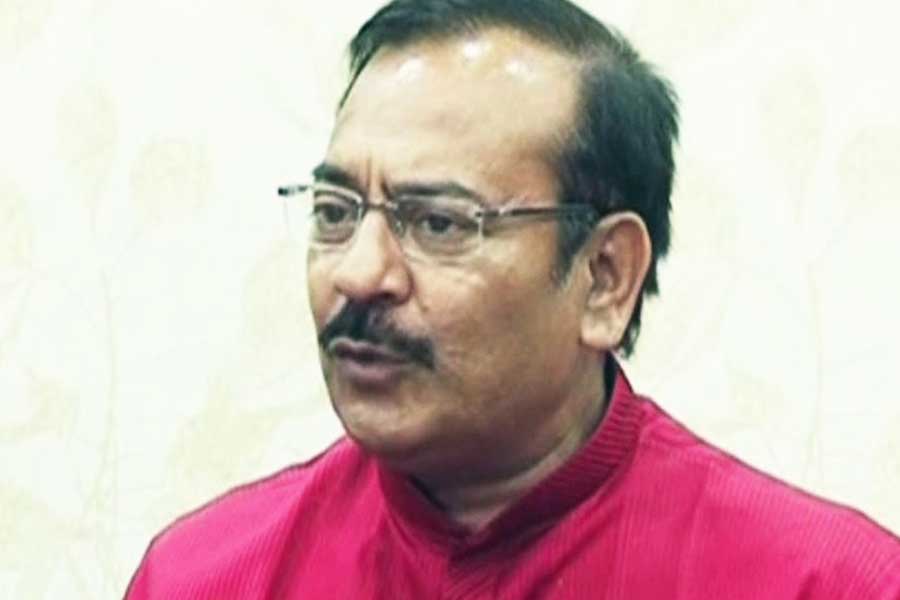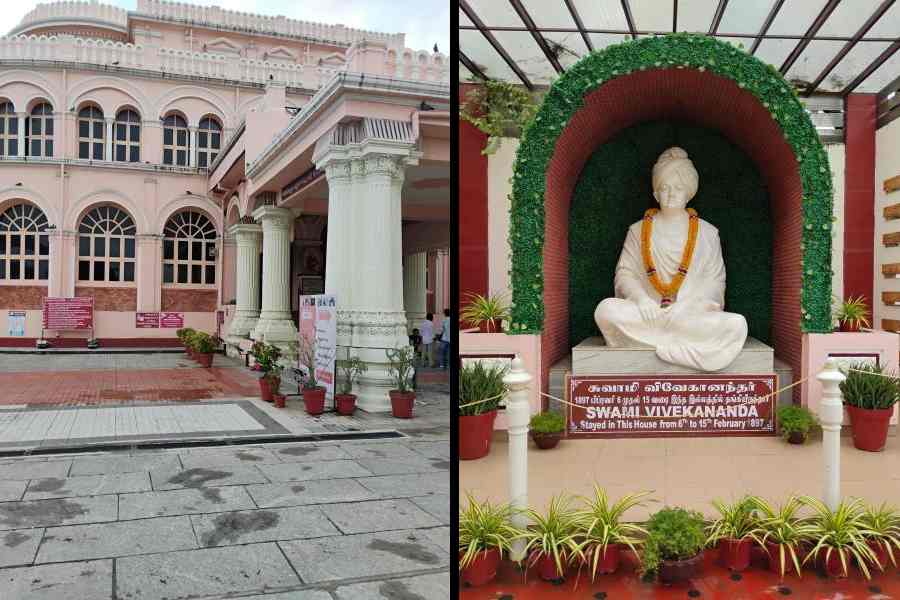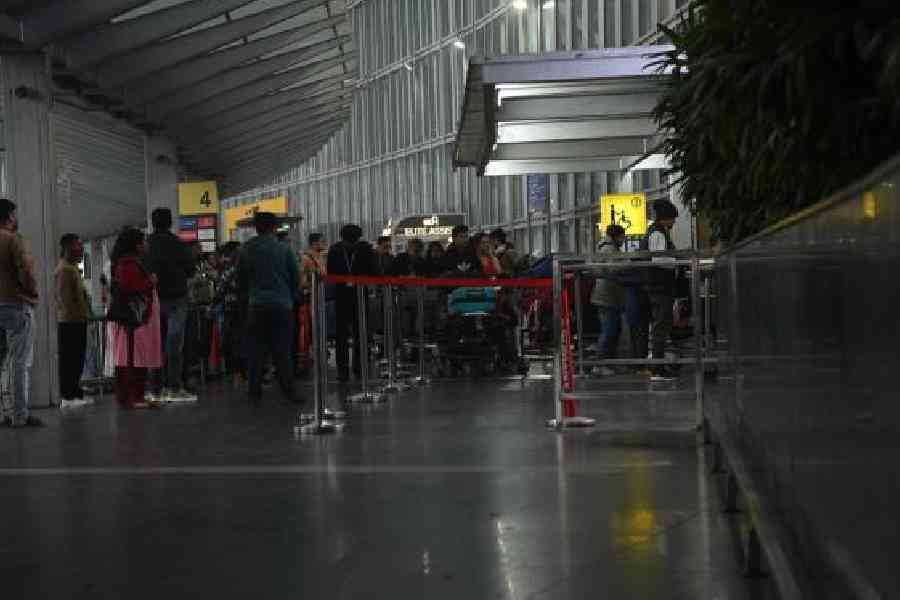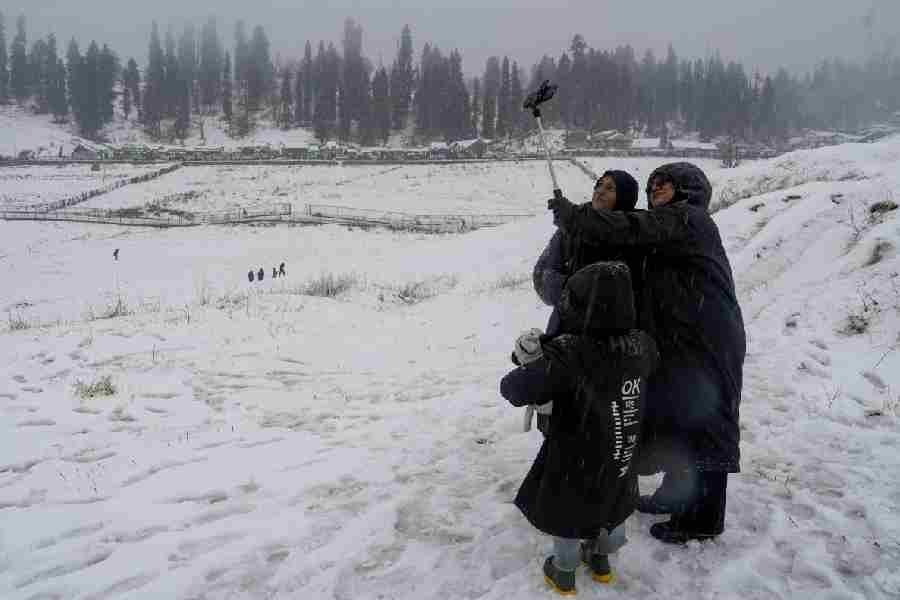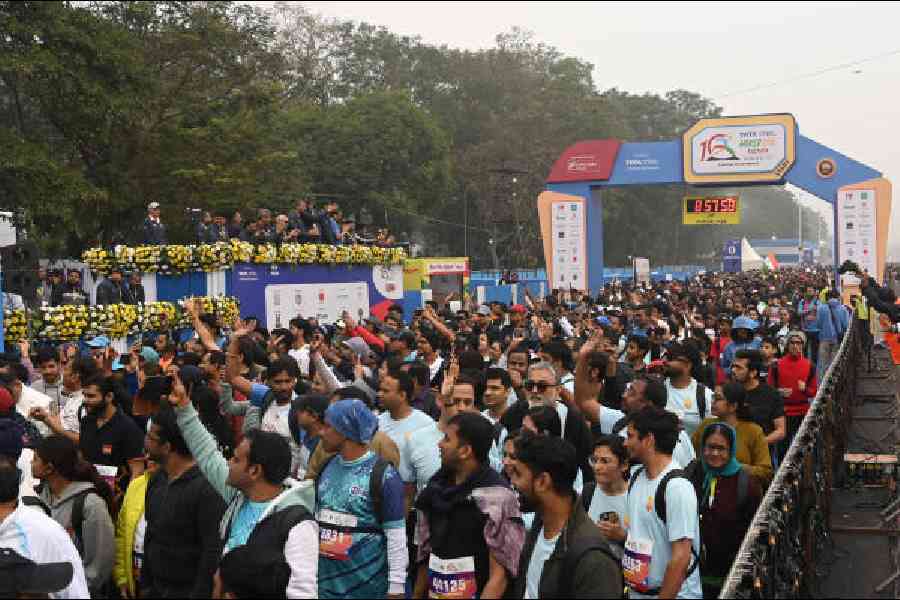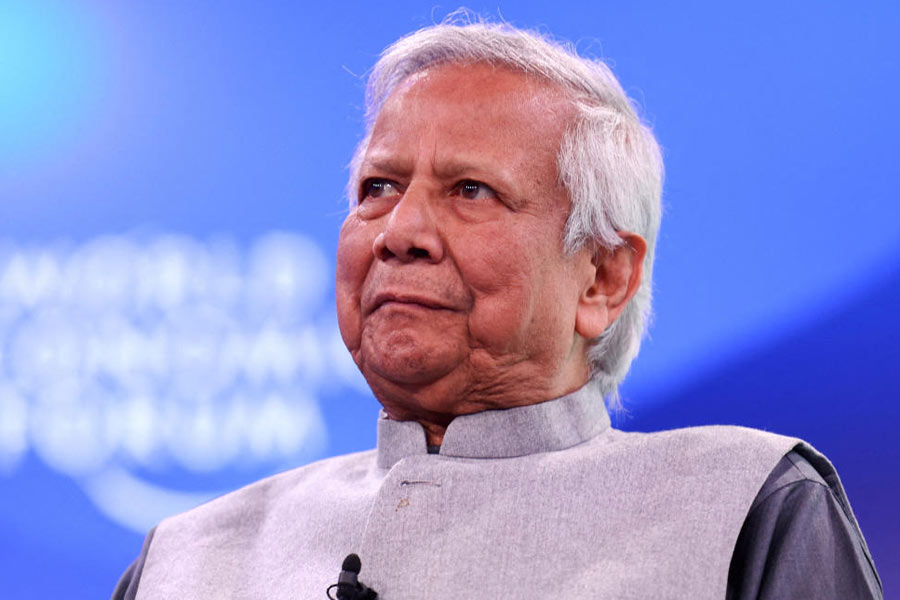 |
| File picture of Narayanan and wife Usha just after he was elected President |
K.R. Narayanan, the 10th elected President of India, will be remembered for setting an example through his conduct of coalition politics.
During his presidency from 1997 to 2002, Narayanan evolved healthy constitutional practices to meet the coalition challenge, almost non-existent during the first 50 years of Independence.
On two occasions in the past, his predecessors ? Neelam Sanjeeva Reddy in 1979 and Shankar Dayal Sharma in 1996 ? had run into a political storm over their exercise of the President’s discretion in government formation.
The then undivided Janata Party had threatened to initiate impeachment proceedings against Reddy for denying its parliamentary party leader Jagjivan Ram an invitation to form the government after the Morarji Desai ministry fell. That was in June 1979. The Janata Party was routed in the 1980 elections and could not carry out its threat.
Sharma’s move to appoint Atal Bihari Vajpayee, the leader of the single largest party (BJP) after the May 1996 elections, Prime Minister was attacked by many political leaders who called him “biased”. That Vajpayee had to quit just 13 days later because he could not prove his majority in the hung House did not help.
Narayanan was tested on four occasions ? twice after elections and twice when the existing government fell. Each time, he consulted all important political players as well as legal luminaries before arriving at a decision. He followed this up with a detailed communiqu? explaining the reasons underlying his decision, ensuring that the use of his discretionary power did not become the subject of controversy.
In November 1997, when Narayanan was confronted with the fall of the I.K. Gujral government, he held quick consultations to ascertain if an alternative government could be formed without going for mid-term polls. Since neither the Congress nor the BJP ? the two main parties ? was ready, he went back to Gujral and asked for a cabinet resolution recommending dissolution of the Lok Sabha to pave the way for fresh elections.
But the first real test came four months later, after the March 1998 Lok Sabha polls in which the BJP emerged as the single largest party but fell well short of simple majority. The President said he would invite the leader of the largest party or the leader of the single largest “pre-poll alliance” for consultations on government formation. Either way, Vajpayee fit the bill. But he was far short of majority.
Narayanan then asked the BJP leader to give not just details of how he would drum up the numbers, but also proof of support from prospective allies. It took several days for Vajpayee to secure the letter of support from the ADMK’s Jayalalithaa. Narayanan delayed inviting him to form the government till the letter came, and then asked Vajpayee to prove his majority in the Lok Sabha within 10 days.
The President followed the same drill when the Vajpayee government fell in April 1999. Not satisfied with Sonia Gandhi’s claim that she had the support of 272 MPs, he asked for proof. When she failed to show letters of support, Narayanan asked Vajpayee to dissolve the Lok Sabha and order fresh elections.


